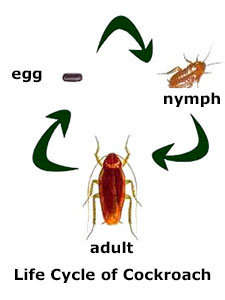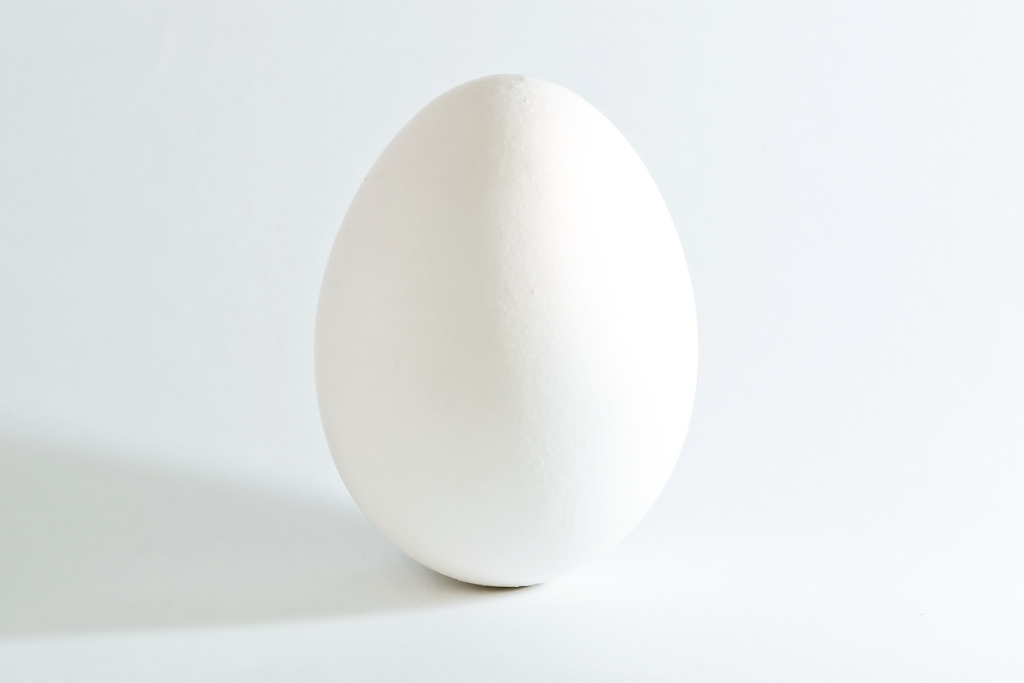Their are different stages of life cycles of a frog are:-
Egg
Young
Adult
Egg:-
Each egg hatch into a little tadpole.
Young:-
The tadpole looks very different from the adult. It can only live in water.
The tadpole undergoes metamorphosis, with a great changes in appearance.
As the tadpole develops into an adult its back legs appear first, followed by its front legs. The tail also shrinks.

Adult:-
Frogs can live on land and in water.
An adult female frog lays a few hundred eggs at a time in the water.
Amazing fact about frog:-
As the body of a tadpole changes, so does its deit!
Adult frogs have a very different diet! from their youngs.
Most tadpoles feed on water plants. Some can also feed on tiny living things in water. Frogs feed on insects.

One an other fact about frog is that it has sticky tongue which is attach on front side and open on back side and frog attack on the prey a by its tongue and fulfil its need of diet.This fact can be under stand by observing of the above picture.










